Product descriptions is not a “nice to have” if you are running an ecommerce website. It’s mandatory! And it must be exceptional.
It holds incredible power, yet good product copy can be hard to write.
It can be especially tedious when you have a long list of products to work through.
What you say about your product can influence a purchase or not. Among all the ecommerce conversion rate optimization levers, A+ product descriptions is up there along with on-page SEO, page speed, and call-to-actions.
A skilled product description writer understands how to craft descriptions that:
- paints a mental picture for the customer
- build emotional connections to the reader
- improve SEO for product search queries
- enhance product features and benefits
- demonstrate depth of product
1. Painting a Mental Picture
Online shopping is not slowing down. As businesses are adopting remote working options, fewer people are shopping in a brick and mortar store.
Sure, you could say that AR/VR might change the way shoppers interact with a product. But you still cannot hold, touch, and try what you are buying.
Online shopping will begin to be more integrated into our daily lives whether we want it to or not. That means, your product descriptions will be your online “sales” person. A+ product descriptions will visually “speak” to your customers. Product descriptions will answer questions, elevate the product, and make it irresistible to the shopper.
OK. It sounds much easier when I’m just writing about it. But a skilled product description writer can craft descriptions that evoke a mental picture in the shoppers’ mind, conjure up an experience, and deliver shopping nirvana.
2. Build Emotional Connection
Content inspires. It connects. That means well written product descriptions will be a source of inspiration that taps into the emotions of your customers — influencing them to make the purchase.
Most purchase are emotionally driven. You didn’t NEED that new pair of boot cut jean from bootbarn.com. And you definitely didn’t NEED to buy 3 new pair of sneakers from shoepalace. (unless they’re orange!)
A pair of jeans does not do much for anyone. A run of the mill product description is not enough. Every ecommerce site selling jeans are doing the bare minimum with product descriptions — just to get by.
Product description writers take the shopper on a linguistic journey — a dreamy (albeit brief) stroll to explore the feelings the product offers.
“Geeze Derek, you’re not writing a romance novel.”
What if you’re wrong? What if I am saying that you are writing a romance novel — in a proverbial sense.
Sensationalizing product descriptions triggers your shoppers imagination; giving a reason to make the purchase because it becomes a need.
A new pair of basketball shoe can make you move better, dribble faster, and affect your game — now, you MUST HAVE it. Right?
3. Product Descriptions Improve eCommerce SEO
Well-written product descriptions help your ecommerce business improve search engine optimization. On-page SEO increase your page rankings in search engine results page (SERPs) and more people to your website.
Now, before the SEO-watchdogs crucify me, I understand improving search rankings takes more than product descriptions. I do know a thing or two about SEO too! #justsaying
Compelling and creative product descriptions is the way to go. In order to write product descriptions that hit the mark, you need to procure the skill of an experienced (and fun) writer.
Anything less than experience will be an embarrassing miss. If you’re struggling with your product descriptions, then it’s time you invest and bring in the cavalry.
4. Enhance Product Features & Benefits
Empty product descriptions on your product pages are lame. It’s like looking at the menu at a fancy restaurant with the dish names but without a description of what’s in the food you are ordering.
Product descriptions can make the difference between a purchase or an exit. Why? Because the product description is the element that communicates the product’s features and benefits to the shopper.
If the product description is well-written, and you can tell if it is, then you are more likely to believe in the product you are buying. A vanilla product description leaves you wanting more.
What do shoppers do when the product description is lack luster? They turn back to Google and search for product reviews somewhere else. The latter is horrendous, you’re leaving the fate of your sale to someone else’s opinion.
Yes, it is challenging to write impactful product descriptions. It is such an overlooked and underinvested area of ecommerce — many brands tend to sweep it under the rug.
I am willing to bet that product descriptions is the lowest priorities in the totem pole of ecommerce content marketing. It’s OK to admit it ? you’re not alone.
It would be fitting for us to share some of the best product descriptions we’ve seen online.
Here are 5 of our favorite ecommerce brands’ product descriptions
Adidas
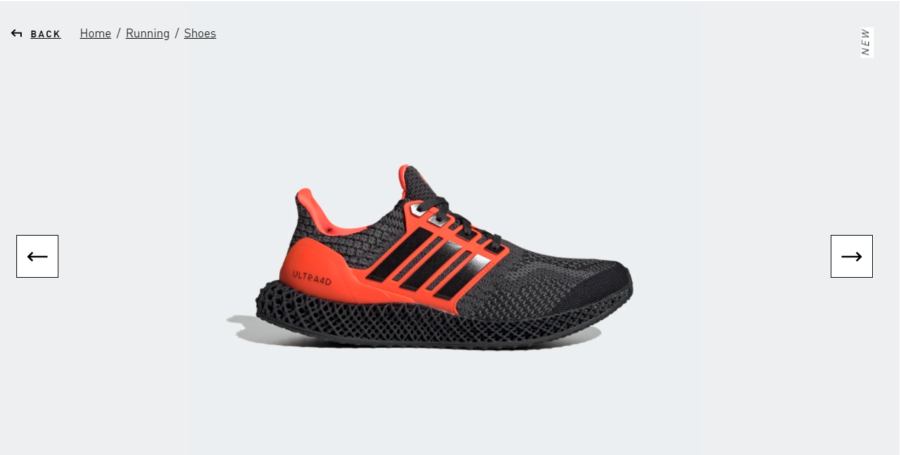
Adidas uses a well-organized tab menu to inform shoppers about their products. The description lays out what makes this pair of sneakers unique, how it’s designed, and the benefits of its design.
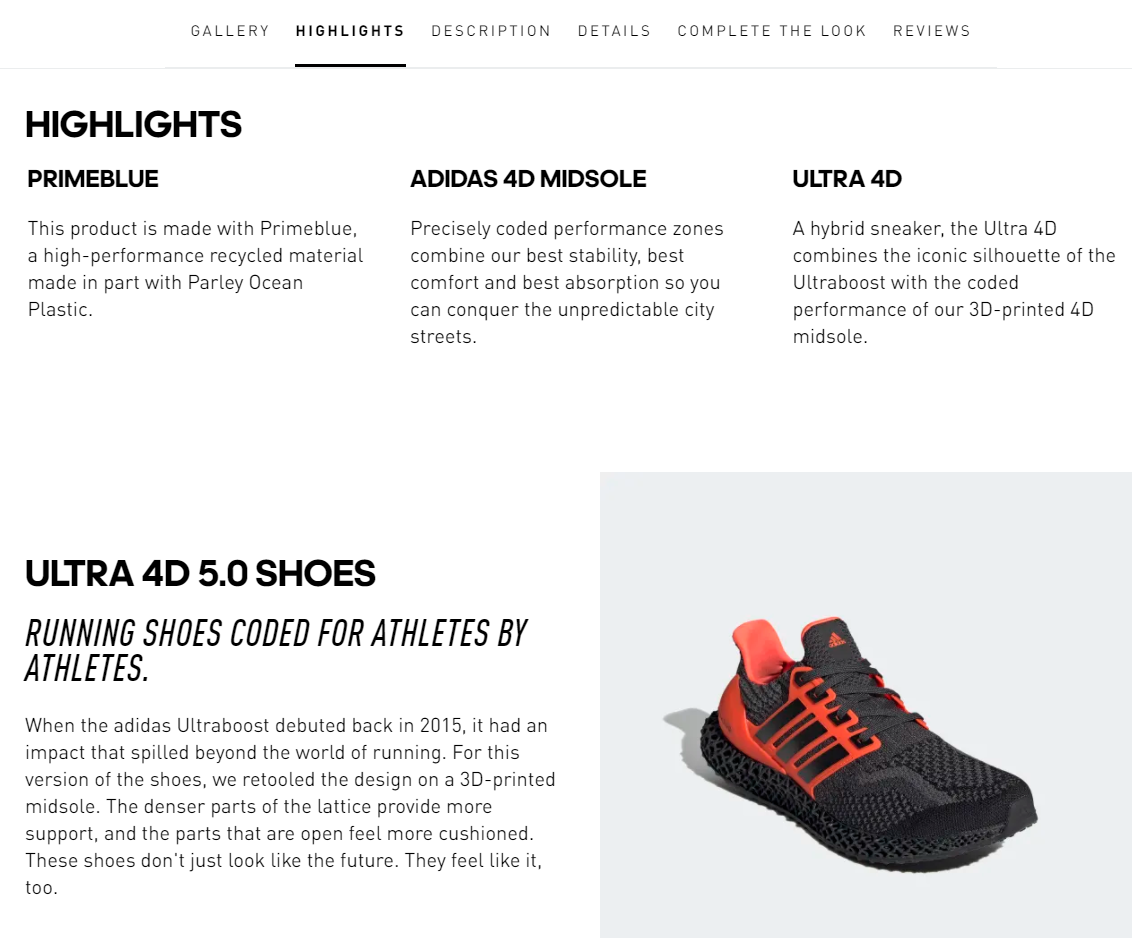
This description tells customers that they will have ultimate support with these sneakers. If you are in the market for a new pair of sneakers with ultra support and comfort, would you consider buying it?
Probably since you would have a good idea what this shoe can help you accomplish when you are wearing it. This is why product descriptions are so important!
See the Ultra 4D 5.0 sneaker live here.
Harbor Freight Tools

Harbor Freight Tools does a good job because they know their audience. We’ve been following this brand for a while and watched them evolve their ecommerce strategy.
Harbor Freight Tools has created the best product description for scannability. With a bulleted list they are able to quickly convey what this heater fan can do.
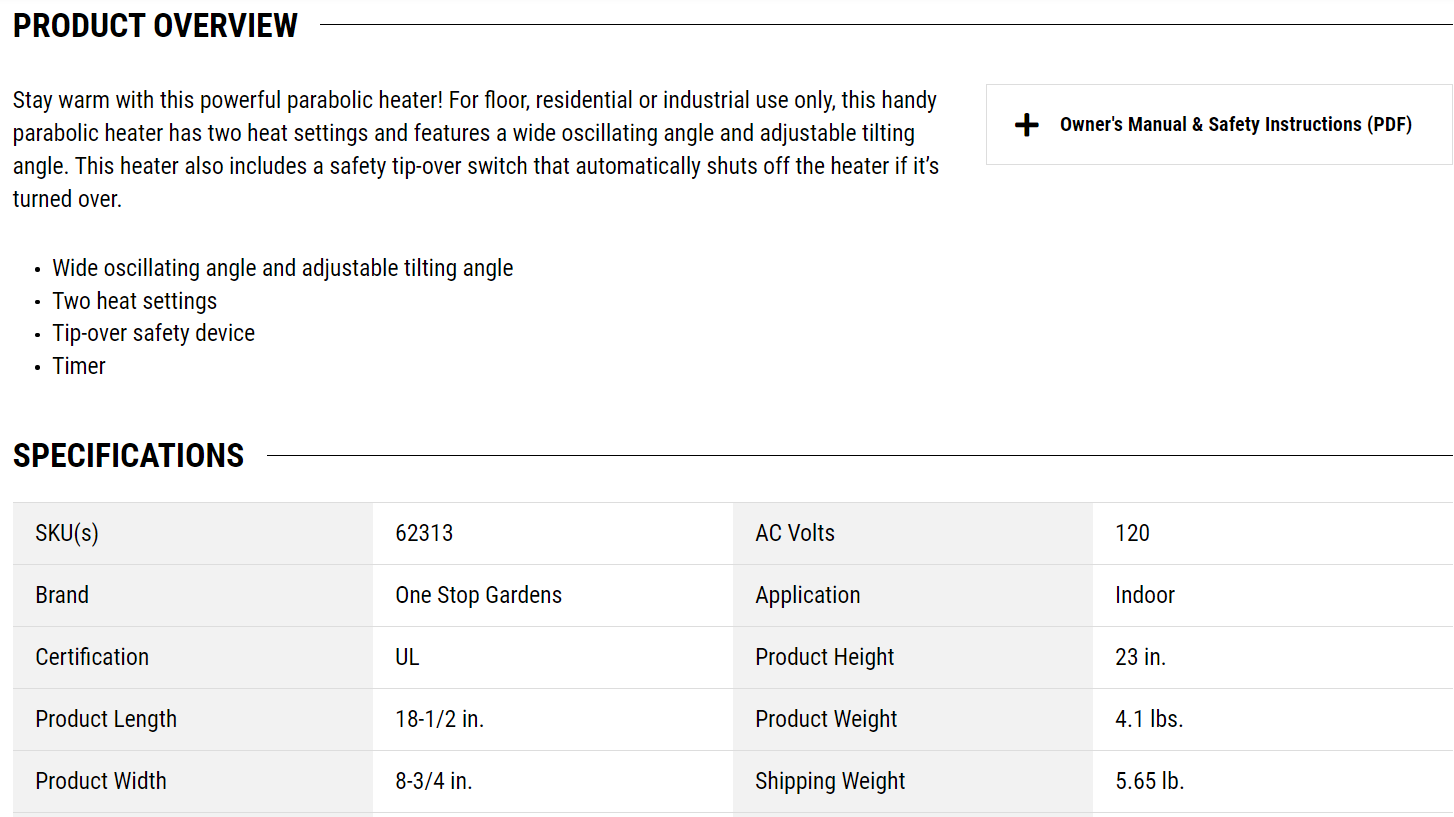
If the customer is looking for more information they provide that as well in the specifications. They also include an owner’s manual and safety instruction PDF for download and customer reviews that elevate the product description.
See this product live on Harbor Freight Tools.
Umbria Coffee
Mmmm….coffee ☕. I couldn’t go a morning without my cups of fresh brewed java. Besides my local coffee shop, Umbria is my newly discovered favorite brand for coffee.
Umbria’s product description is many subtle details that speak to its customers. It focuses on the essence of their coffee like notes, characteristics, and roast. What else could a coffee aficionado like myself need?
Their product description is sensory, and since we can’t smell the beans through our LED monitors, customers rely on written-cues to experience the “taste.” They do a great job of appealing to people’s imaginations. In this description people can almost smell the coffee bean even though they are shopping online.
The only thing I would recommend the team at Umbria add is perhaps a video clip of the coffee being brewed, just saying.
Check out the Umbria Coffee products here.
KONG
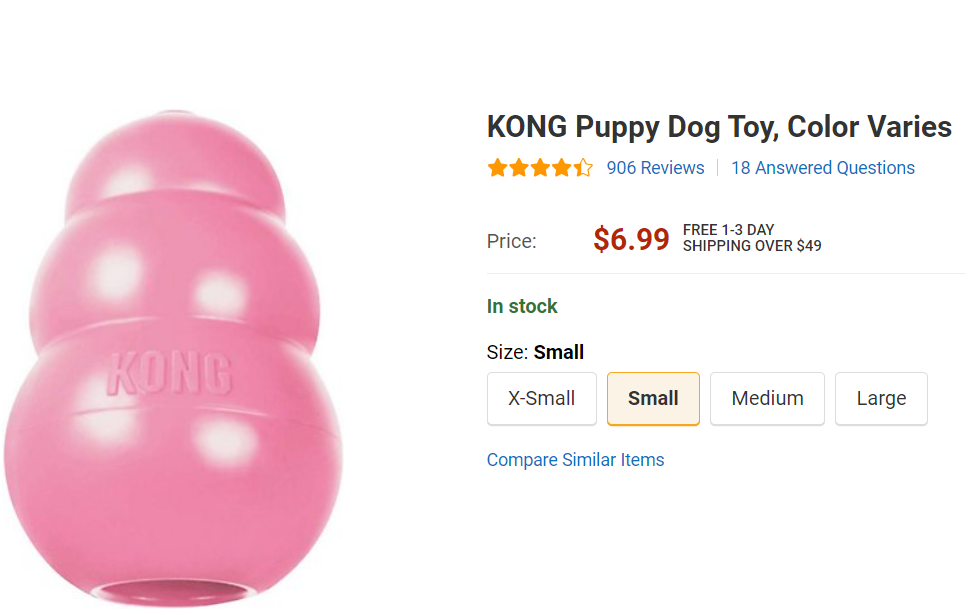
Which dog owner doesn’t love a good dog toy for their best friend! And the pet-lovers at Chewy.com knows this.
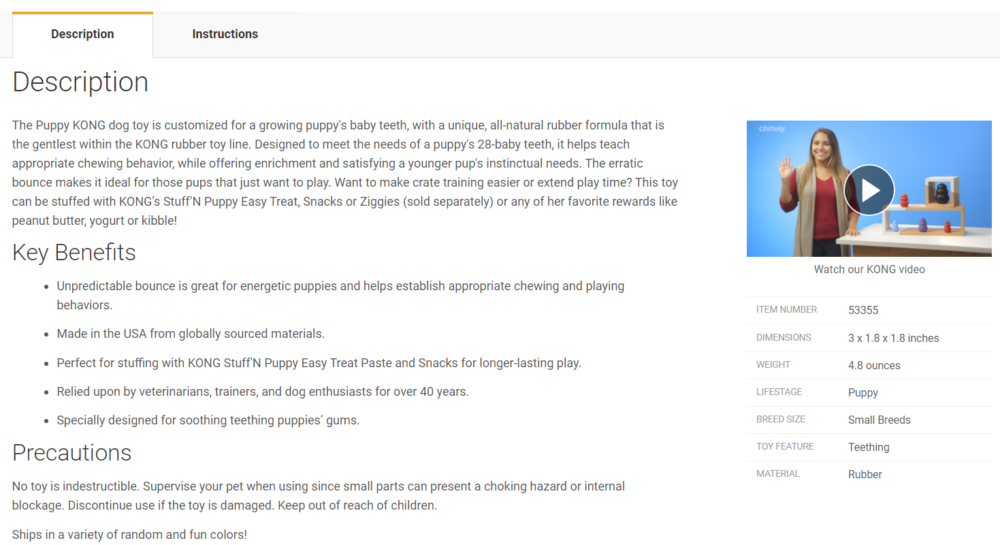
I don’t know about you, but I get our puppy toys so she can get that energy out, and also to have fun, of course.
Chewy.com focus on three key elements in their product page details — description, key benefits, and warnings.
The ultimate goal of product descriptions here is to tell dog owners that they are buying the best toy for their four-legged friend.
Your pup will have a lot of fun with a KONG, and sooth his or her teething gums. Figure out what your product does that is different or better than other products, and use that to market it in your product description.
See the KONG product in detail.
5. Add Depth to Products
Shallow product descriptions gets you shallow results. Period.
Tips for writing A+ product descriptions
90% of ecommerce product descriptions are no more than a paragraph. But no matter what the reason is for short product descriptions, there are guidelines for ecommerce teams to put their best foot forward.
Here are 8 important things that all A+ product descriptions have in common
1. Non-repeatable descriptions
Nobody likes to hear you say the same thing over and over again. That’s right, nobody likes repetitiveness. Your shoppers get annoyed when they read the same product description over and over again…see what I did there?!
Repetitive product descriptions; aka duplicate content is bad for your customer and bad for Google. Write so that your customers get value, and as a result of that, Google will reward you with higher rankings for your products.
2. Spellcheck. Spelling and grammar errors.
Misspelled words is distracting. When a shopper detects incorrect spellings and bad grammar, they may second guess your credibility.
I mean, if the quality of your product description is subpar, what would it say about your product? What you write represents, whether you like it or not, the perception of what you are selling.
10 years ago, you could get away with this, because there weren’t that many ecommerce sites. Shoppers today have no patience for slightest typos.
I’ll be fair. Humans make mistakes. Even the best product description writers are prone to errors. But if the spelling mistake is in a core feature of the product, it can make a huge difference when a customer is debating whether or not to make a purchase from your website.
Audit your product descriptions. Maintain the highest standards of quality of your product descriptions. It will set your ecommerce business apart from others.
3. Be clear and concise (don’t fluff)
There is no point in dragging out your product description. Having more words on every product page is great for SEO but if you don’t have anything meaningful to write, don’t add fluff.
Phrases like “good quality” or “great design” or “high-quality” are all overused. Get creative. Dare to be different with your product descriptions.
Instead of writing huge paragraphs, try summarizing into bullet points that are clear and concise.
4. Include high quality images and videos
Every product must have multiple images from different angles and details to help shoppers envision the use.
The emphasis is on high-quality. There is no excuse today for poor quality images or videos. Nobody is going to spend $100 or more on a product if it looks like crap, seriously. Will you?
If you want your customers to spend their money on your products, then give them a reason to. Show them, through your images and videos, how amazing your product is.
5. Use words that speak to your target audience
No brands sells to everyone, that makes the markets exciting. Someone who drinks Coca-Cola may some day drink Pepsi. Someone who shops at Coach may some day buy Tory Burch.
Your product description must be written so it speaks to your core audience. The words you use to describe your product must align with their vocabulary.
Words like “lit,” “snatched,” or “GOAT” may not appeal to older audience. But it could resonate with the younger shoppers who speak the lingo.
Confirm the tone of your brand before you start writing product descriptions. What I’ve found useful is to come up with a list of words that describe your brand, evaluate if they align with your target audience, then have your product description writers go to town!
6. Leave your business out of it
When I look for a new pair of Adidas sneakers to buy, I don’t want to learn about the history of Adidas.
Similarly, when your customer is looking to buy your product, they don’t want to hear about your team’s hobbies or what you had for lunch last weekend. I’m exaggerating but you get the point.
For instance if you were selling outdoor fire pits, you would want to get your customers to imagine their next outdoor party with this fabulous new furniture that is sure to impress their guests.
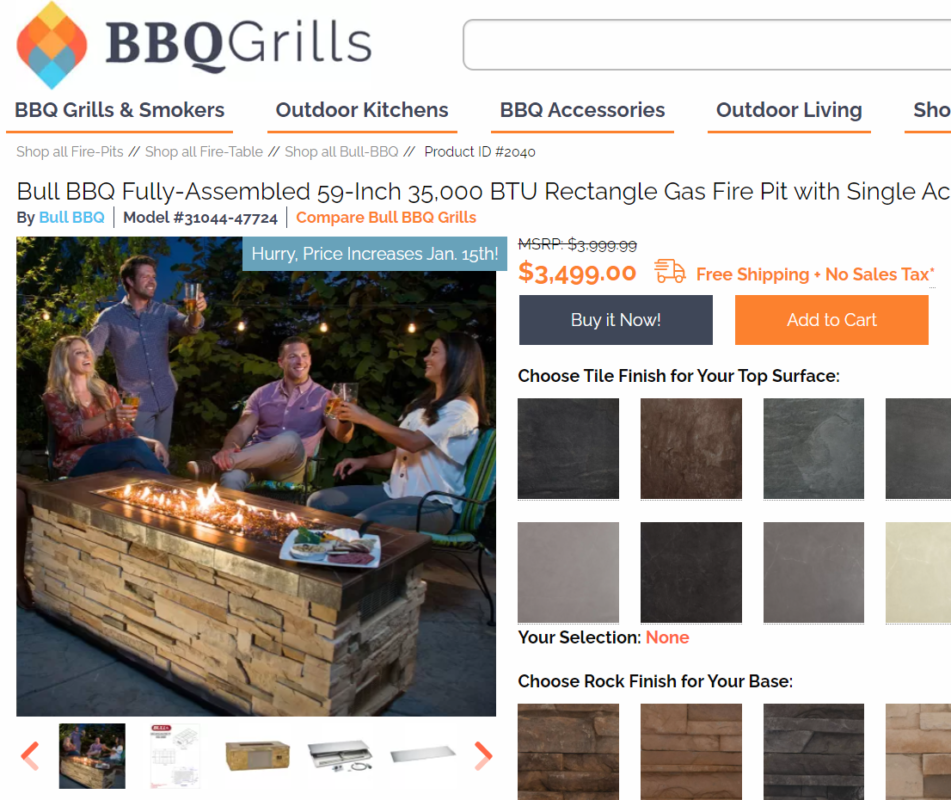
Creating this visual experience will entice customers to buy your products!
BBQGrills.com product descriptions is chalk full of details – it’s amazing!
7. Highlight ways to use your product
Chances are that your product can be used in different scenarios. Help your customers see the possibilities of your product.
When I first saw the Volcano Grill, I was elated. The product was brilliant. A collapsible and portable grill you can take anywhere. On top of that, you can use charcoal, propane or wood as fuel.
Yes, I get excited when talking about this product.
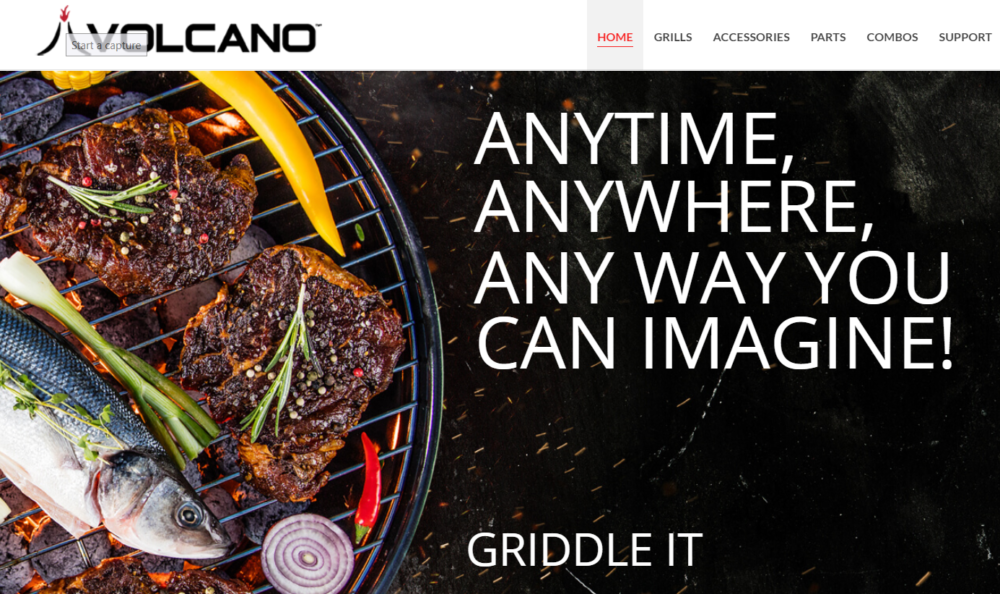
This product description hit the mark by emphasizing the ways this grill can be used. It’s obvious, the showcase feature of the Volcano grill is the 3-fuel usage. This grill is desirable to anyone who loves the outdoors and looking for a grill that is flexible, portable, and versatile.
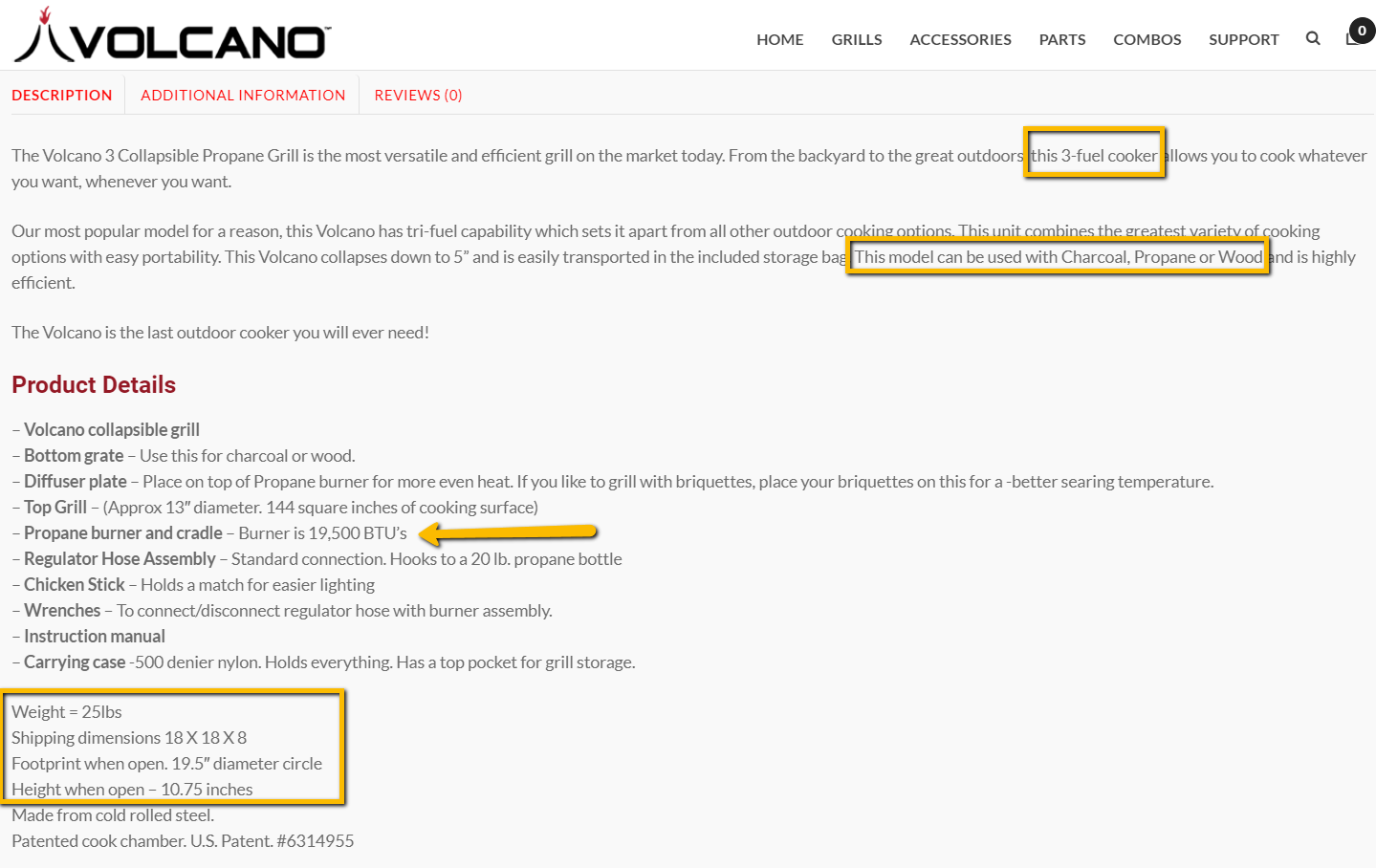
Check out the 3-fuel collapsible Volcano grill here.
In addition to well-written descriptions you will need to include relevant keywords that customers are searching for.
This way when Google crawls your pages, you will have a better chance of ranking your target keywords through SEO.
But how do you find the appropriate keywords? Glad you asked. By research, of course. So, let’s dive into that, shall we?
Keyword research for A+ product descriptions
Keyword research takes time.
It’s a very involved process that requires specific software, understanding what your customer are looking for, and most importantly a keen understanding of search intent.
Each product is unique and must be optimized with specific keywords to rank for. Even for the closes product variant, a creative product description writer can craft copy that makes the page unique.
When you’re writing for products, aim for more specific searches. If you are selling western work boots, make sure you find words that aren’t too broad. In this case, using “western boots” would be less desire.
“Western Work Boots” may have lower search volume, but it’s more precise description of your product.
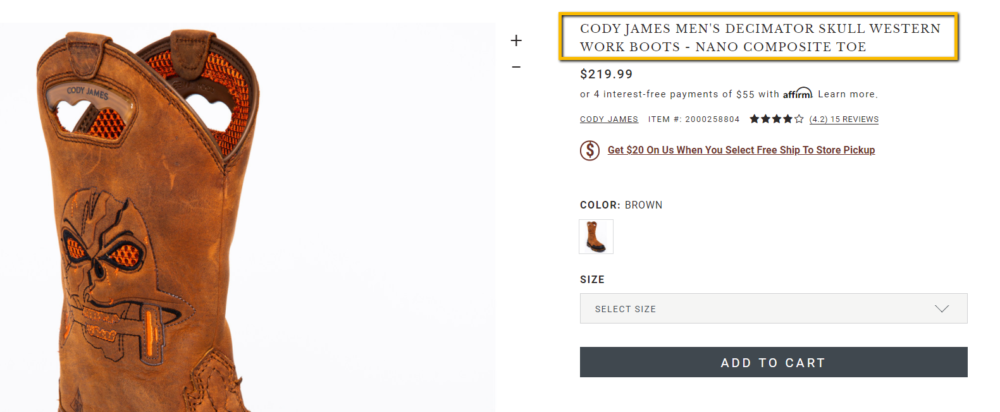
I’m certain you’ll agree with me that if a customer clicks through to your product page for a word that they searched in Google just to find out the product doesn’t match what they are looking for, it becomes a huge problem of relevancy.
As I mention earlier, proper keyword research takes time. Tools like SEMRush, Spyfu, Buzzsumo, Google Analytics (internal search terms), and many others make it easier for you and your team to perform good keyword research.
Start small and gradually build up your keywords over time. If your ecommerce business has hundred or thousands of products,
So what else does A+ product descriptions help with?
Product descriptions help with PPC
Keyword in product descriptions help a lot with Google Shopping campaigns.
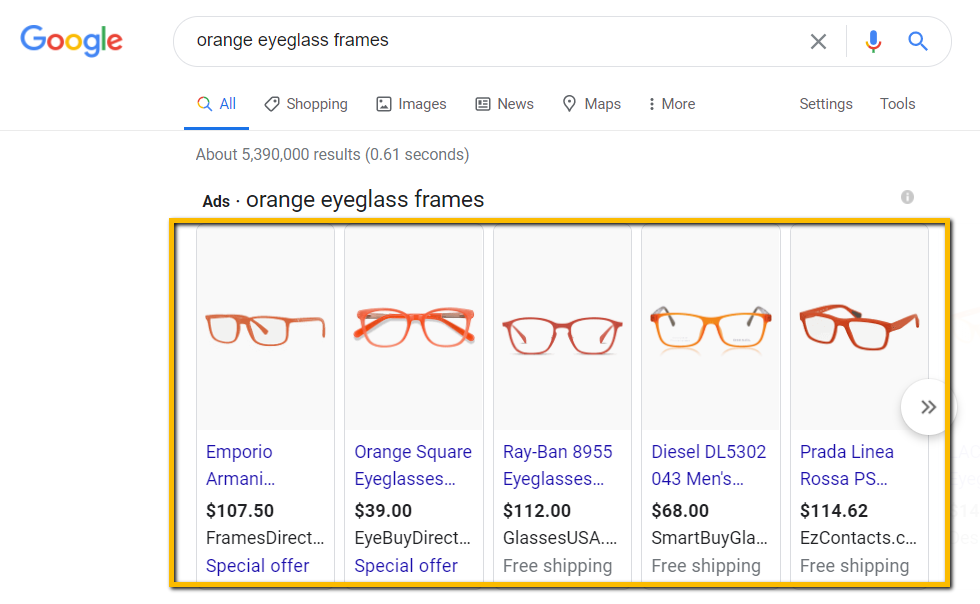
If your product description is optimized and includes your target keywords, Google will deem your product page relevant. Higher relevance can help your page rank higher on Google, get more clicks, and generate more sales. It’s a win-win-win!
When your product descriptions are in line with the ads you are running, customers are likely to find exactly what they are searching for.
That’s why investing time in crafting A+ product descriptions can impact your ecommerce product pages and outsmart your competition.
Product descriptions impacts your SEO
Search engine optimization, SEO, is a core channel for many ecommerce websites. When you properly optimize your descriptions with the most relevant keywords, it can contribute to ranking higher in search engine results page (SERPs).
That doesn’t mean stuffing your product description with keywords — that’s called keyword stuffing! You will get penalized by Google.
Linking to complementary products in your description helps your shopper navigate your website and also helps Google discover more pages.
When it comes to SEO, there are tons of other factors that Google looks at to rank a page. Your description is one of them. And sometimes, it could make the difference between ranking on the second or first page of search results.
Final Word
Ask yourself these questions when you’re writing your product descriptions:
- are my product descriptions speaking to the right audience?
- does the description contain product features and highlight benefits?
- is the content scannable?
- are the images of highest quality?
- am I using the most targeted keywords?
- are SEO considerations taken care of?
Your product descriptions shouldn’t push your product. Focus on the main points about how it will improve your customer’s experience. If you can convince your customers of that, then your sales will increase.






